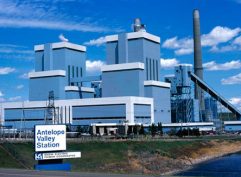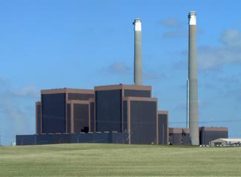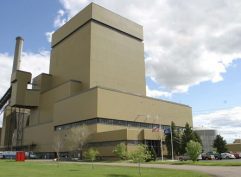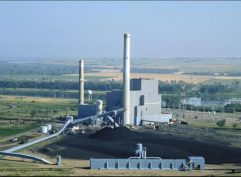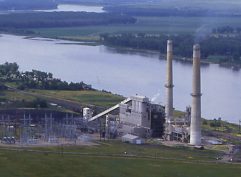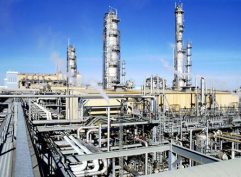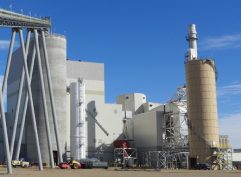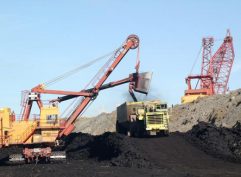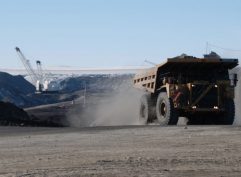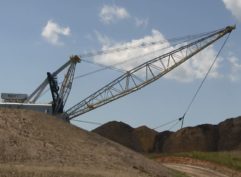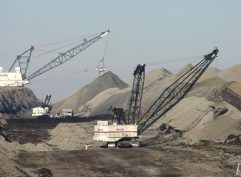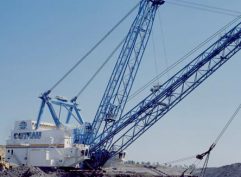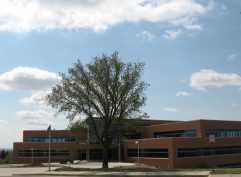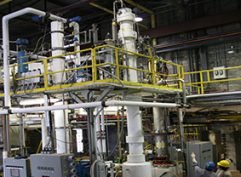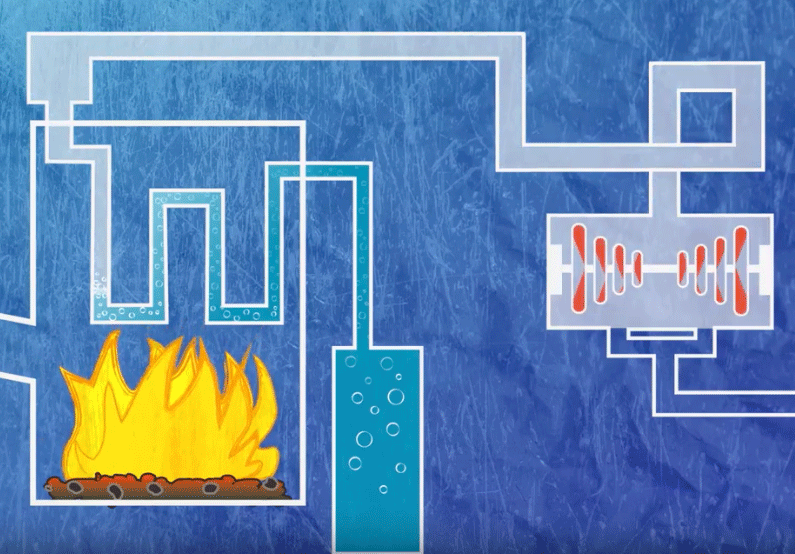Team North Dakota – Where we do R&D differently
By Mike Holmes
Vice President, Research and Development
Lignite Energy Council
 North Dakota is often the metaphorical “Rodney Dangerfield” of the 50 states: We don’t often get the respect we deserve in some areas. However, when it comes to breakthrough energy innovation, the Flickertail State often stands alone. We can continue our history of success and play a vital role in unlocking affordable solutions to capture carbon dioxide from coal-based power plants and use it for enhanced oil recovery in the state’s nearly 2,000 traditional oil wells and eventually for the tight oil found in the Bakken formation.
North Dakota is often the metaphorical “Rodney Dangerfield” of the 50 states: We don’t often get the respect we deserve in some areas. However, when it comes to breakthrough energy innovation, the Flickertail State often stands alone. We can continue our history of success and play a vital role in unlocking affordable solutions to capture carbon dioxide from coal-based power plants and use it for enhanced oil recovery in the state’s nearly 2,000 traditional oil wells and eventually for the tight oil found in the Bakken formation.
North Dakota has at least 10 attributes that enhance its ability to find cost-effective technology to transform our economy:
- North Dakota has abundant reserves of lignite coal, which is in close proximity to oil-producing formations in the state’s western counties. The carbon dioxide can be captured from the lignite-fired power plants and used for enhanced oil recovery.
- The North Dakota Industrial Commission has lignite and oil and gas research programs that leverage state dollars with industry dollars. The Lignite Research Council has invested in several projects to learn more about capture and utilization, and the Oil and Gas Research Council is looking at technologies that would allow CO2 to be used for enhanced oil recovery in the Bakken Shale Play, along with traditional vertical wells.
- North Dakota’s energy industries have worked closely with the U.S. Department of Energy labs to develop energy solutions, such as discovery of the sorbents used at the state’s seven coal-based power plants to capture minute amounts of mercury in flue gas.
- The Energy & Environmental Research Center in Grand Forks (EERC) is a premier research facility and the world leader in lignite-based energy innovations. The EERC works closely with both the lignite and oil and gas industries to conduct innovative research in CO2 capture and storage technologies. This capability and those of the state research universities have proven successful in developing solutions for lignite.
- North Dakota is the quintessential all-of-the-above energy producer because our state is both energy-rich and business-friendly. This balance provides fertile opportunities for investors to develop energy solutions using beneficial, productive natural resources, such as oil and gas and lignite, as well as renewables.
- The state’s experience with coal gasification dates to the early 1980s, with the construction and operation of the Great Plains Synfuels Plant near Beulah. An existing 210-mile CO2 pipeline has already been built and routed through western North Dakota’s oil fields, providing necessary infrastructure and historic expertise.
- Enhanced oil recovery through the use of CO2 will increase the output and extend the lives of existing wells, bolstering North Dakota’s robust economy. This benefits employees in the oil field, royalty owners, and the state treasury.
- We have superb support from our U.S. Congressional delegation to help access federal dollars and tax incentives to make clean coal not only a promise but a reality. Already this year, federal legislation was passed and signed that allows for greater tax incentives to help with carbon dioxide capture and storage. Also, Department of Energy money – more than $7 million – has been allocated to help with ongoing Allam Cycle and Project Tundra projects at the Energy & Environmental Research Center in Grand Forks.
- We have strong support from the North Dakota Legislature. During the 2017 legislative session, the lignite industry received more than $10 million in new funding and was successful in ending a sunset provision that would have decreased R&D funding by $2.5 million annually.
- The lignite industry maintains a high level of support from North Dakotans all across the state. One reason is the steady, good paying jobs that the industry is known for. Latest figures show that there are approximately 4,000 direct jobs and another 11,500 indirect jobs tied to the lignite industry. This represents about one in every 26 jobs – from Williston to Grand Forks. These numbers will only increase as a result of capturing and using CO2. Another reason for public support is because our industry is known for providing affordable, reliable energy while also taking care of the environment.
This team approach by North Dakota’s energy industries and government will undoubtedly produce energy solutions that will greatly benefit the state, its businesses and its citizens. We have an enormous 800-year resource of economically recoverable lignite reserves. By working as Team North Dakota, the lignite industry and its partners will continue to pursue solutions that other states only dream about. The expertise and work ethic regarding lignite technologies are among the best in the world.


